WELCOME TO MY WEBSITE PLEASE SHARE WITH YOUR FAMILY AND FRIEND'S
INTRODUCTION GARDENING
This is a blog about horticulture with a bit of soil science and Botany at the beginning just enough to give you a bit more knowledge about the basics of soil management and plants. Then go on to Digging, Drainage, Plants, Shrubs, and Vegetables
Science of soil
my name is Allan Dudley I am a retired grower (Hortic) fully qualified with C & G 1,2,3 and NDH Intermediate I specialised in propagation generally rare plants and common plants I thought I would like to do an blog starting with the basics which I believe would help the veg grower the flower grower
Soil management
may sound very complex but in it simplest which is what I will try to keep it as
- soil types
- soi structure
- digging hoeing
- adding organic matter Farmyard Manure (FYM)
1 soil types
They are 4 types 1 sand
2 loams
3 clays
4 new house soil
1 Sandy this soil is light and need special care to grow veg in aa it does not have the ability to hold
water or nutrient nor the structure needed grow them but is good for seed beds as it warms up earlier than the
other types it’s also good for cutting it need to cultivate in the spring or very late winter and lots of organic
mater to aid water and nutrient retention and improve structure
Loam Soils this comes in different types 1 sandy mixture with dark soil what is called topsoil
2 dark soil mixture with clay this I believe to be the best all-round (AYR) soil
3 dark soils mixed with high percentage of clay which is best for veg
1 this is good for shrubs and general gardening it’s easy to weed manage by hoeing as it is light and free
draining but need good watering in prolong dry mulching with fresh grass mowing applied while moist why fresh
you ask it is easy to throw on and knock off the shrubs if it any serious cultivation and add FYM or organic material
in the autumn
2 this the best of the loams as it retains moisture and nutrient cultivation carried out in autumn adding of mulch helps
3 cultivations in autumn but can be done as soil comes free adding of a mulch helps
4 new house soil is a mixture of sub soil and rubble the rubble needs to remove but not thrown away as it is used in drains wish bone open drain, I hope to talk more about this important topic later
the cultivation of this soil is important and need special type of digging and adding of FYM
The only one good this type of soil but remove of rubble as to be done even to turf laying to get it level fed
area then lay the turf
FYM
its only as three good points it improves soil structure and help to retain moisture and it contains +ve ion cations
-ve ion anions which holds the fertilizers nutrients this is a big advantage when growing vegetables
it as one big disadvantage it uses more nutrients than it holds

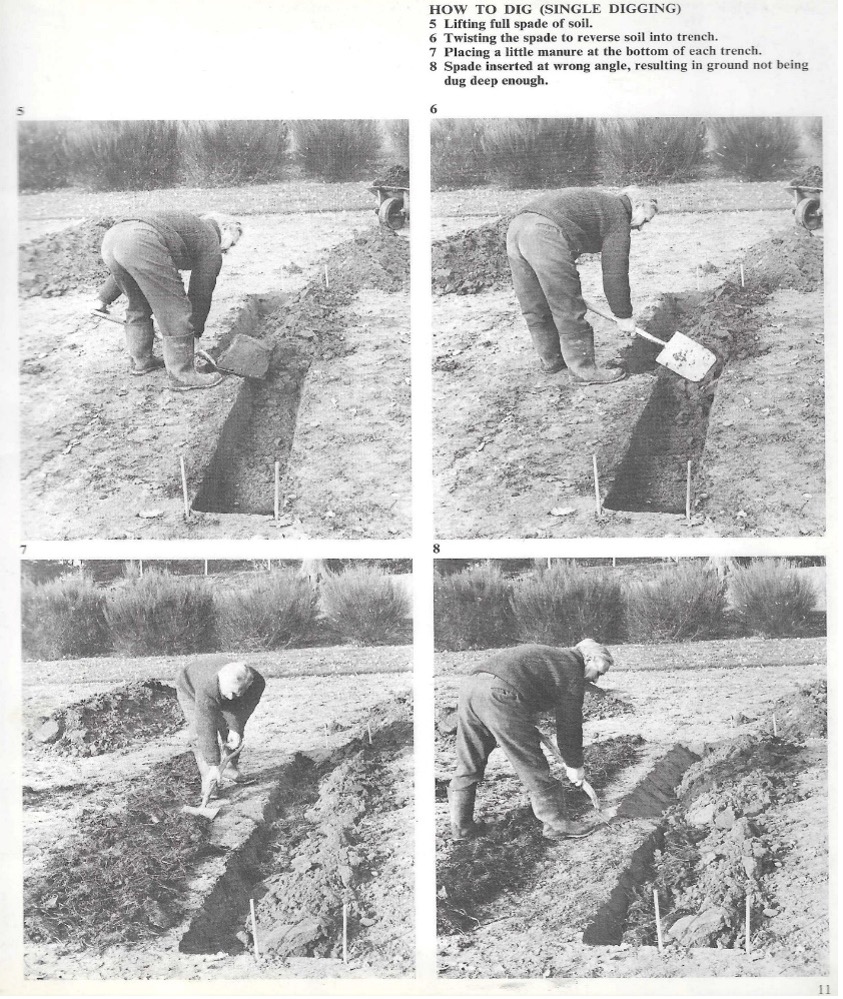
Mark the area off which is to be dug, if it is large area divide it smaller workable size so as it does not overwhelm you.
The area of soil to removed is cut to separate it from the rest. Then the spade is thrust into the soil vertically 90 degrees to the soil surface, to the top spade blade. The cuts are made so. As the soil does not crumble when at the of the bottom of trench this done by twisting the soil on the spade as removed off If the soil is covered by grass, then slice off the grass and put to one side once the trench is dug then put the sliced off grass at the bottom of the trench upside down. This will break down. If perennial weeds are found, then this needs to be removed.
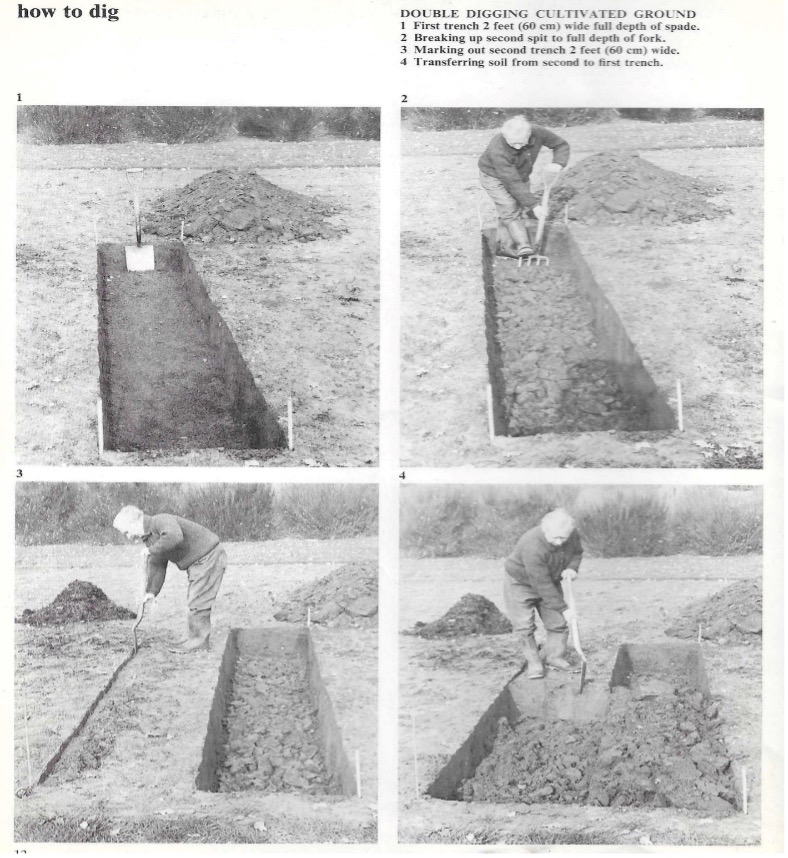
Drainage
This subject is important if opening new land especially if just moved into a new build. Where sub soil is on the top and lots of broken bricks are left on either the surface or just below
The easiest is open drain as a tee bone the drain two spade deep then back filled to one spade deep with rubble or A1 aggerate then back fill with soil.
Flowering Plants
Now for bit of Botany
Choosing the right type
This part is the dull side of plants but as to be learnt its not taught at collage, but you need to know it although plant and disease ID are done at all levels
Today the choice is large due to the modern garden centres
But we can only choose between
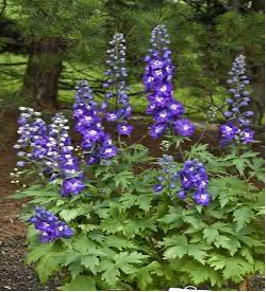
Hardy Annuals HA
Temporary visitor seed in spring open ground flowers then dies in the autumn 1 growing season bedding plant EG Delphinium Larkspur
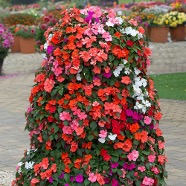
Half Hardy Annuals HHA
Temporary visitor seed in spring heated glasshouses flowers then dies in the autumn 1 growing season bedding plant EG Impatiens Busy Lizzie
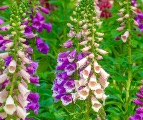
Hardy Biennials HB
Produce stem and leaves first season then die back then produce flowers the following season EG Digitalis Foxglove
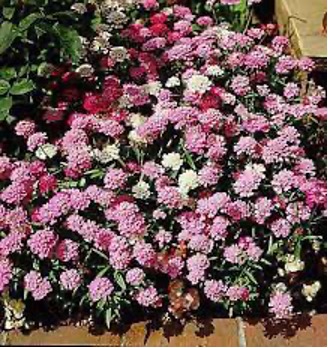
Rockery Perennials RP
plant that dies back in the autumn but come back every spring there after EG Iberis Candytuft
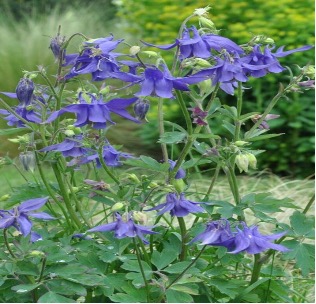
Herbaceous Perennial HP
Permanent plant that dies back in the autumn but come back every spring there after EG Aquilegia Columbine
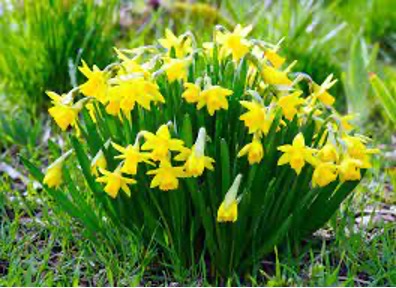
Bulbs
These are modified stem and leaves which have changed to food storage and the growing tip and all of the stem’s parts e.g. daffodil
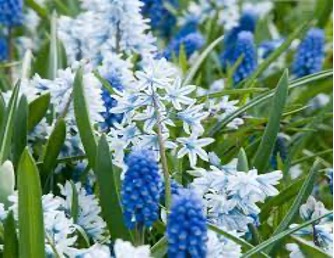
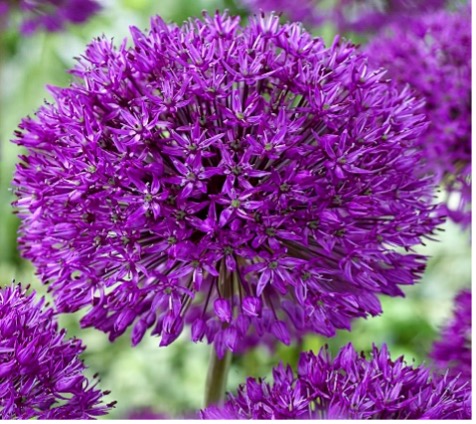
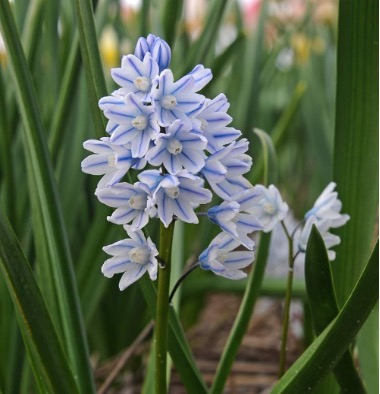
Corm these are modified stem and growing tip stem is the food storage e.g Crocus, potato
Rhizome stem modification of a stem and is underground e.g. iris
Stem(leaf) tubers underground leaf food storage e.g. daffodil
Root tubers swollen root food storage and a tap root e.g. carrot radish
Runners this is stem that is developed from one plant to make another plant at the next node e.g. strawberry, glover
Hobby plants
These are plants that have societies and have their own competitions
Where will there live
Herbaceous border its origin was in large gardens where it was essential and made up of back hedge or wall made up of hardy perennials which where tiered tall at the back to clumps of small plants at the front these have become scaled down in modern smaller gardens, but the same idea still applies
Mixed borders
as the name suggests it is made up of flowering shrubs and perennials and hard biennials flowering shrubs also evergreen shrubs and is designed to be viewed from 2 or 3 sides spaces are left for bulbs and planting of Half-Hardy Annuals bedding plants
Island bed
It is normal in the middle of a lawn it is a modern concept of the herbaceous border but planted with perennials tall in the middle and tiered and clumps of small plants around the edges or bedding plants can be planted with shrubs using Tall in the middle and tier it to small shrubs around the edges
Annuals and biennials
These have been defined. The annuals one is grown from seed so as large numbers can be grown generally under glass to protect them from cold weather hardy biennials and annuals can be sown autumn to provide early floral display
In May Half Hardy annuals and biennials can be sown outside. Bedding plant is an annual or occasionally biennials or perennial geranium if indoors it is an house plant but if outdoor then it’s a bedding plant
Just for interest the Germans or the French produced the first large formal gardens by 1840
The first British large formal gardens made in it had become a craze
1870 these went out of fashion in parks due to the cost
The problem in gardens is lack of imagination due to purchasing of bedding plants instead of buying seeds which reduce the cost and give more choice instead of choosing red, white and blue look at flowers of other colours either hardy annuals, half-hardy annual, or hardy biennial
Bedding out
Complex bed design is out of date and only simple design i.e. circles, rectangles square etc
Planting
- Edge plants
- Ageratum
- Alyssum
- Lobelia
- Dwarf Phlox
- Viola
- Ground plants
- Zinnia
- Petunia
- Bedding Begonia
- Bedding Dahlia
- Dot plants
- Standard Fuchsia
- Abutilon(foliage)
- Kochia(foliage)
Next choice is
1 single variety bedding
2 single genus bedding
3 Standard Garden bedding
4 Standard Park bedding
THANK YOU FOR COMING AND READING HOPE THIS HELPED, AND IF YOU KNOW SOMETHING I MIGHT OF MISSED OR IF THERE IS A UPDATE PLEASE SHARE.
YOUR GOOD OLD FRIEND AG DUDLEY

